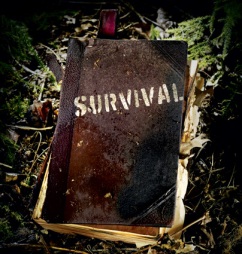The first step to dealing with your SAD is recognizing that you may have the disorder.
My husband was the first one to suggest the possibility of SAD to me, and after reading more about it, I quickly realized that I had figured out my own issue.
I did see a therapist to confirm this suspicion, even though I was pretty wholly confident at that point in my own diagnosis, and to find out how I could manage the disorder more effectively.
That’s why I loved this frank and honest post from I’m Pretty Even as she talks about self-diagnosing herself with SAD:
78 and Sunny
And in regards to the moving part, girl, I am definitely right there with you, and actively working on it. 😉 The best and most guaranteed cure for SAD is a change in venue.
Even if you know that you do have SAD, some of the reasons that you may want to see a doctor is to get a prescription for treatment of some sort, whether light therapy (whether inside or outside the home) or anti-depressants. My insurance paid for my light, because I asked the doctor to write a prescription for it. If you choose to take meds, you will need to be eased onto and off of it at the proper times throughout the year.
Another reason to see a doctor to get your diagnosis in writing is to avoid problems at work if your situation requires modification to assist you in dealing with your disorder. Your work is required to provide reasonable accommodations in regards to any disability, but you must have a verifiable condition. I was able to win an unemployment case due to this, but only because I had taken the proper steps. Let’s say you need a vacation during the winter to help you deal with your disorder, but your work only allows vacations in the summer– having a doctor’s diagnosis might resolve this issue. Or your work suffers a little during the winter– having a diagnosis on file could increase workplace understanding, and help to prevent unnecessary negative feedback from your boss who just thinks that you are slacking off or do not care about the job anymore.
An additional reason to be professionally diagnosed is that you may be able to participate in case studies, but only if you have received a proper diagnosis. And on a personal level, your friends and family may get tired of hearing you complain about your disorder or might not understand, but a therapist knows that it is normal, and can providing that caring ear along with expertise advice.
It is definitely wise to be your own best doctor, since nobody cares more about yourself than you do, and you are ultimately responsible to actively manage your own condition. But there are some reasons that you may want to see a doctor in regards to your Seasonal Affective Disorder as well, at least in the beginning stages.











